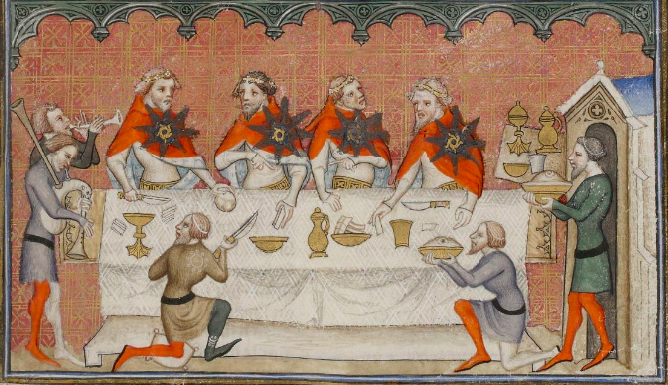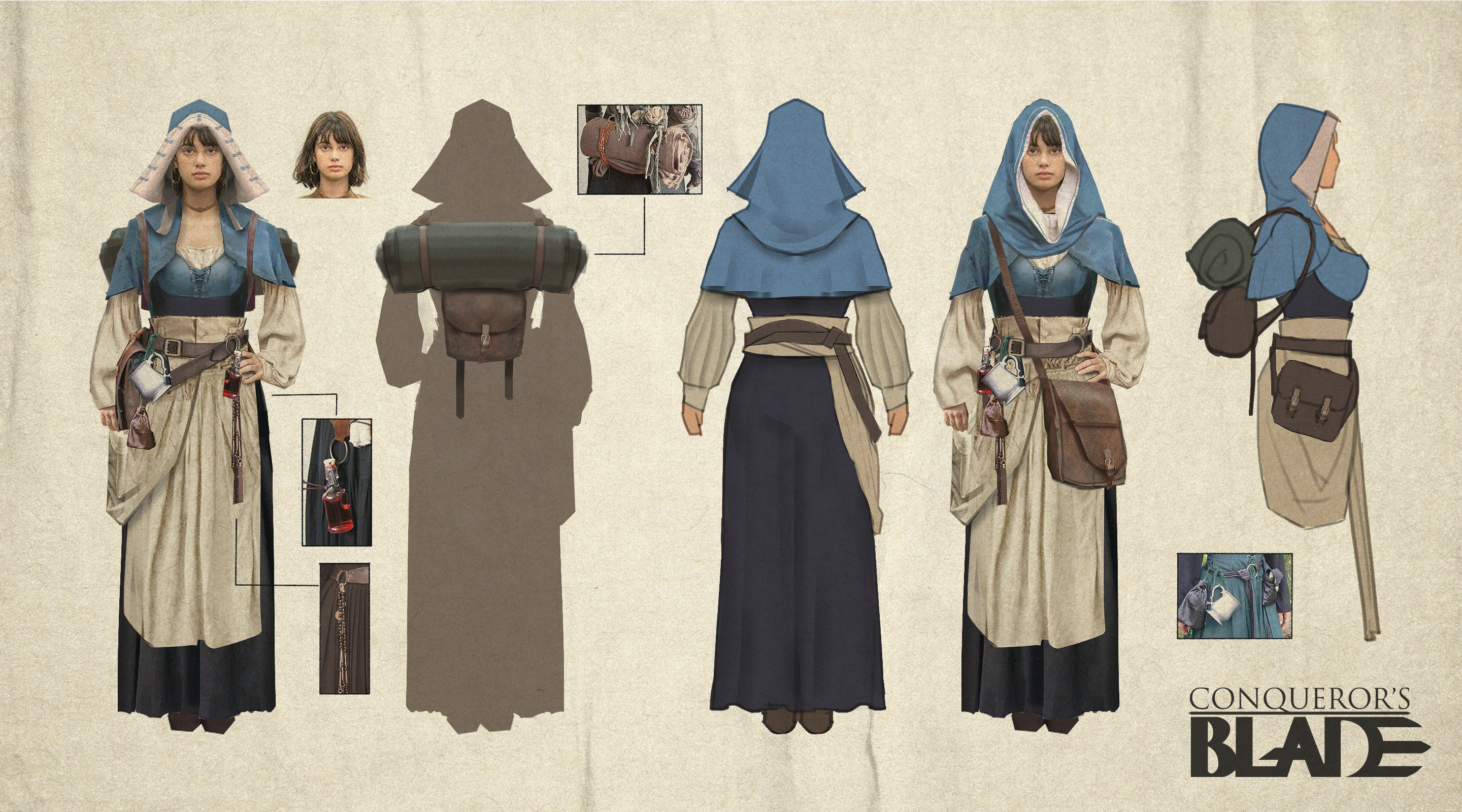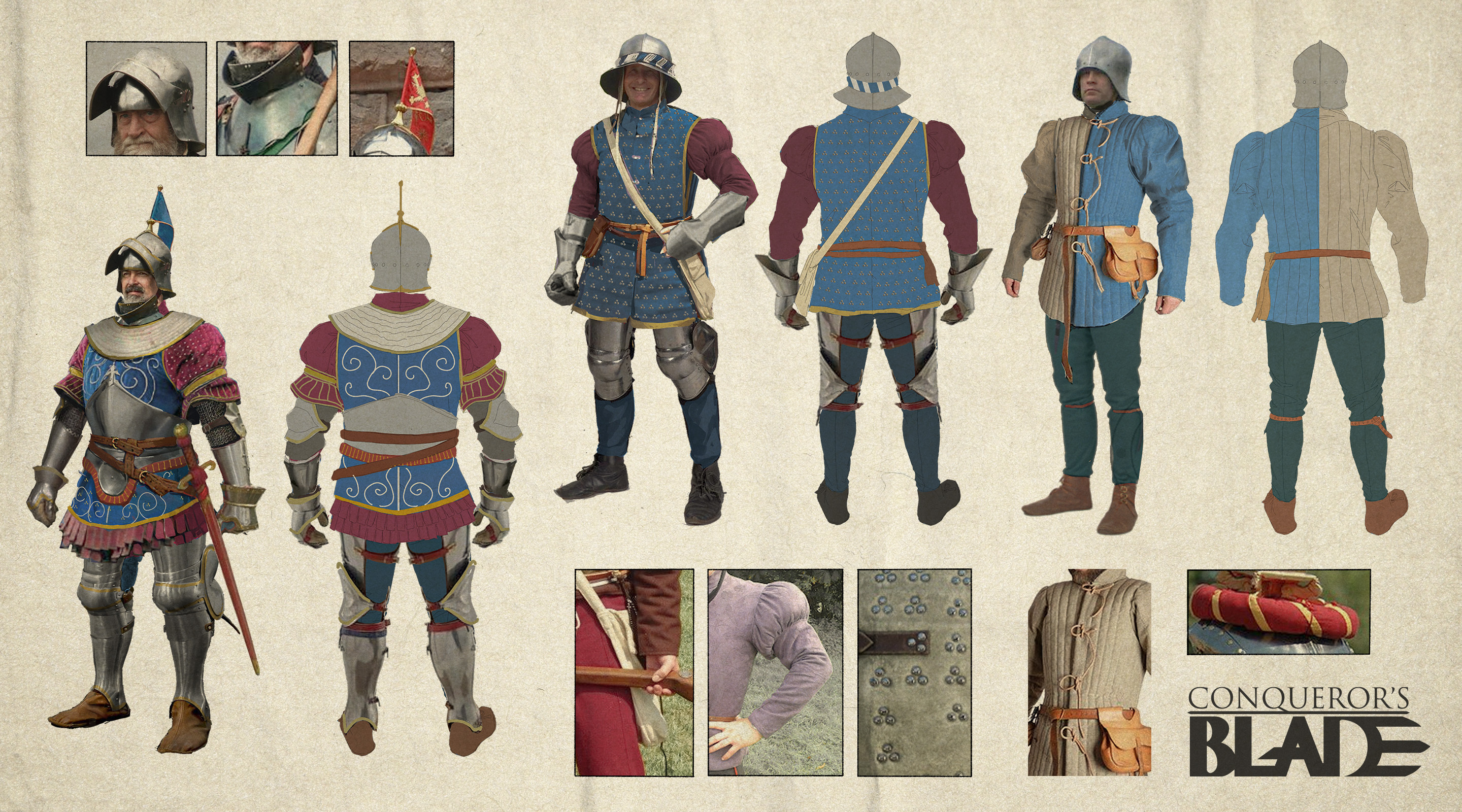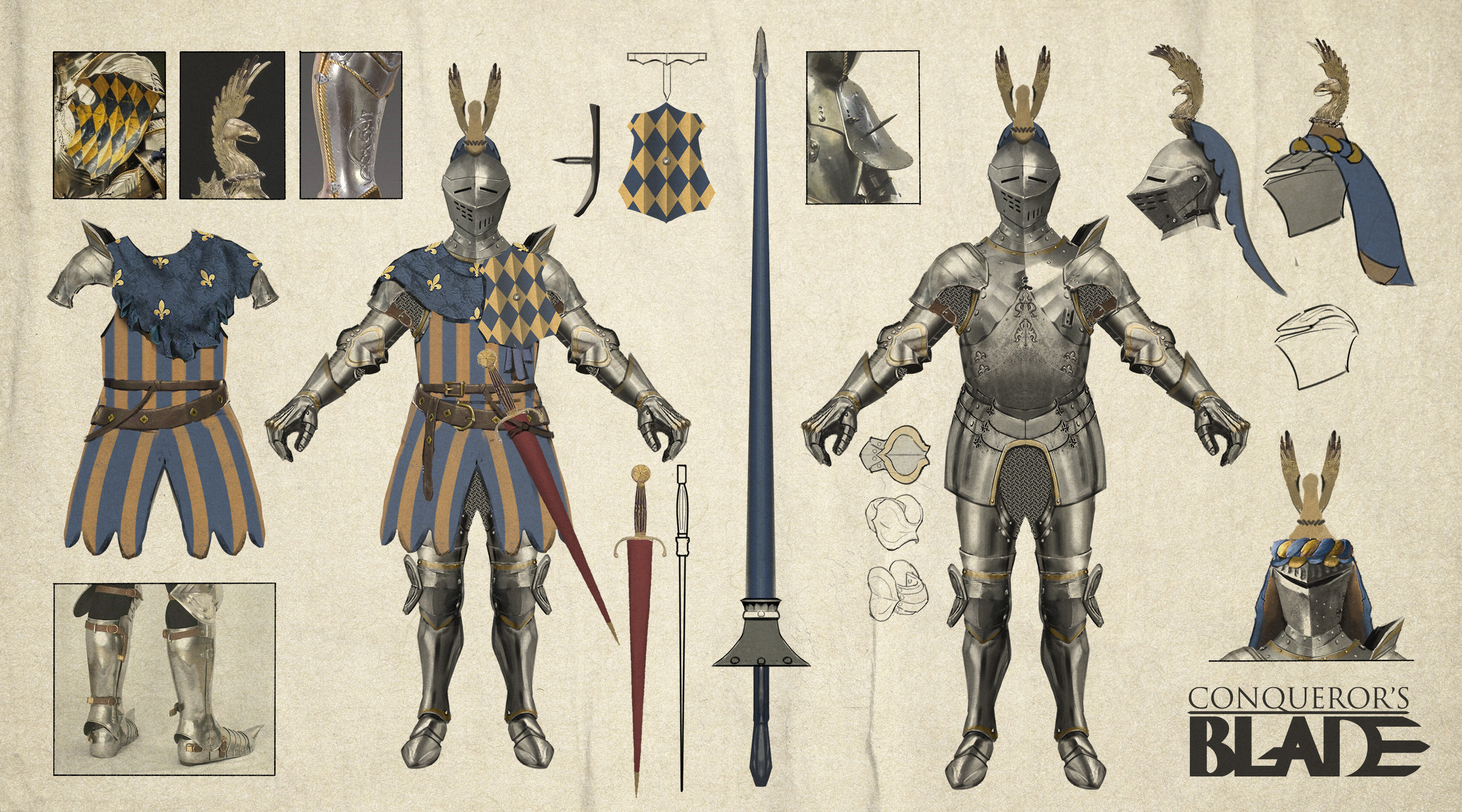
Apr 14, 2022
Conqueror's Blade - Kaeden
Following changes to Attire Chests that arrived shortly after the release of Conqueror’s Blade: Paragons, with the April 14 update, we’ll be rolling out adjustments to Attire Scraps, introducing a new Attire Chest, and some new in-game Currency types.
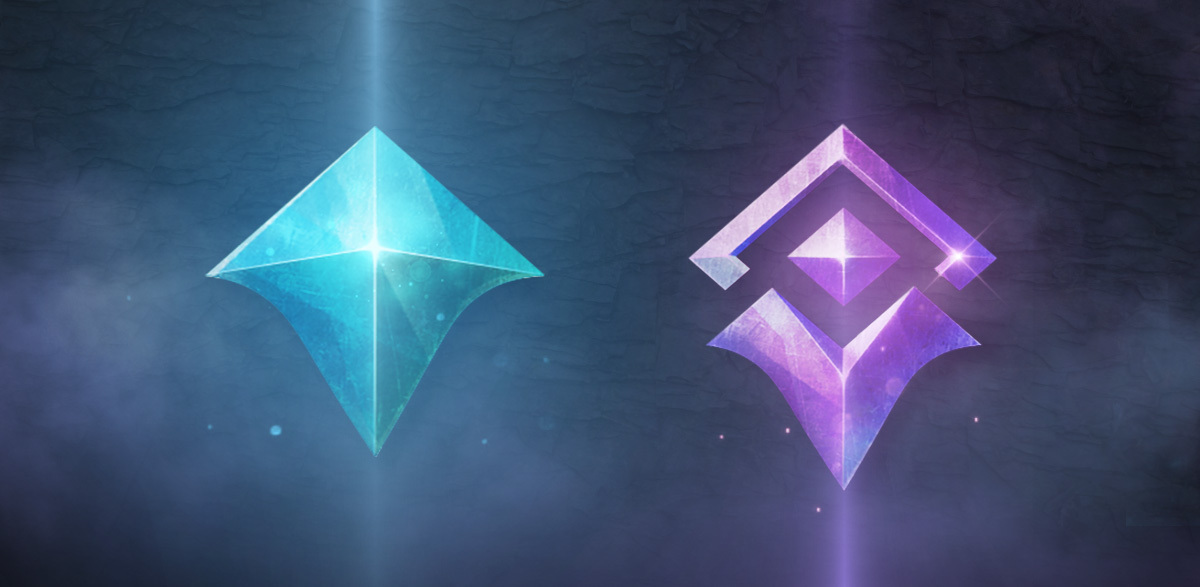
Fragments are acquired when salvaging attires or customisation items of any rarity, whereas Curios are obtained from items of rare, epic, or legendary quality.
Note: Rare attires and items still have a chance to grant Fragments.
Fragments and Curios will be available to earn from various limited-time events, and available to exchange for Attires in the Attire Chest menu (by pressing ‘G’), which will include event-exclusive attires (last seen in 2021), and exclusive attires from Attire Challenges, amongst others.
Attire Scraps will not be reclaimed, but from April 14, you can exchange them for Golden Keys or Silver Keys at a 150:1 conversion rate at the Artisan. You will still be able to earn Attire Scraps from events.
We will also be introducing a new Attire Chest into the mix. Simply purchase Silver Keys from the in-game shop to open the Antique Attire Chest. The Eclectic Antique Attire Chest and Silver Key will be available at all times, unlike limited-time Attire Chests which require Golden Keys (only available in the store when a limited-time Attire Chest is available).
The Antique Attire Chest will give you a chance to receive recoloured attires from Seize the Crown to Legacy of Fire seasons, with more being added later on. Check out the drop rates and items in the Attire Chest menu (‘G’).
Stay tuned for more information on new additions to the attires available in Antique Attire Chest!
Attire Scraps
Attire Scraps are proving less useful when duplicates are salvaged, and players are finding it difficult to claim rarer attires (especially epic ones) from Attire Chests and impossible to earn limited-time Attires from past events. So, from April 14, you will no longer receive Attire Scraps, but will instead get Fragments or Curios when salvaging duplicated Attires and customisation items.
Fragments are acquired when salvaging attires or customisation items of any rarity, whereas Curios are obtained from items of rare, epic, or legendary quality.
Note: Rare attires and items still have a chance to grant Fragments.
Fragments and Curios will be available to earn from various limited-time events, and available to exchange for Attires in the Attire Chest menu (by pressing ‘G’), which will include event-exclusive attires (last seen in 2021), and exclusive attires from Attire Challenges, amongst others.
Attire Scraps will not be reclaimed, but from April 14, you can exchange them for Golden Keys or Silver Keys at a 150:1 conversion rate at the Artisan. You will still be able to earn Attire Scraps from events.
New Antique Attire Chest
Following the news that all unopened Attire Chests from events will be converted into an equal number of Golden Keys, from April 14 we will be converting Artisan Attire Collections into Golden Keys too. You can find these under the Attire Chest menu (‘G’).We will also be introducing a new Attire Chest into the mix. Simply purchase Silver Keys from the in-game shop to open the Antique Attire Chest. The Eclectic Antique Attire Chest and Silver Key will be available at all times, unlike limited-time Attire Chests which require Golden Keys (only available in the store when a limited-time Attire Chest is available).
The Antique Attire Chest will give you a chance to receive recoloured attires from Seize the Crown to Legacy of Fire seasons, with more being added later on. Check out the drop rates and items in the Attire Chest menu (‘G’).
Stay tuned for more information on new additions to the attires available in Antique Attire Chest!




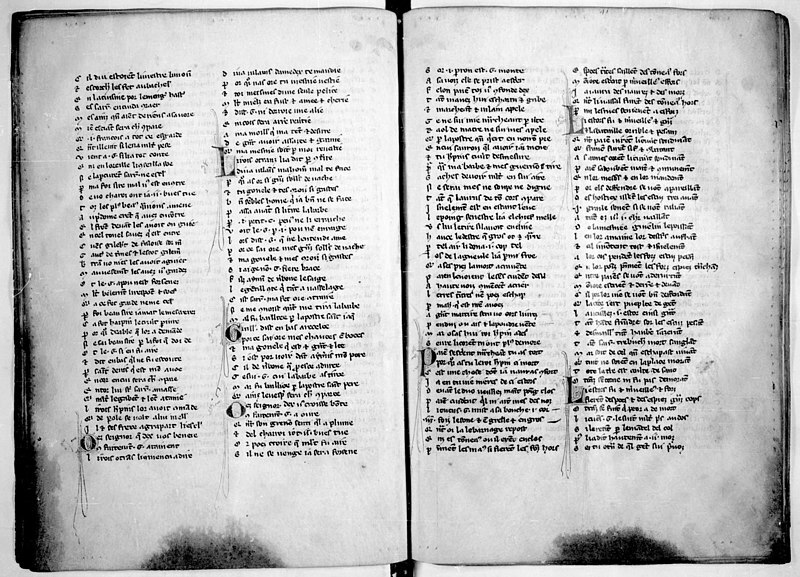 The first lines of Prise d'Orange Folio 41 of manuscript français 774 in the Bibliothèque nationale de France (12th century, by Unknown)
The first lines of Prise d'Orange Folio 41 of manuscript français 774 in the Bibliothèque nationale de France (12th century, by Unknown)